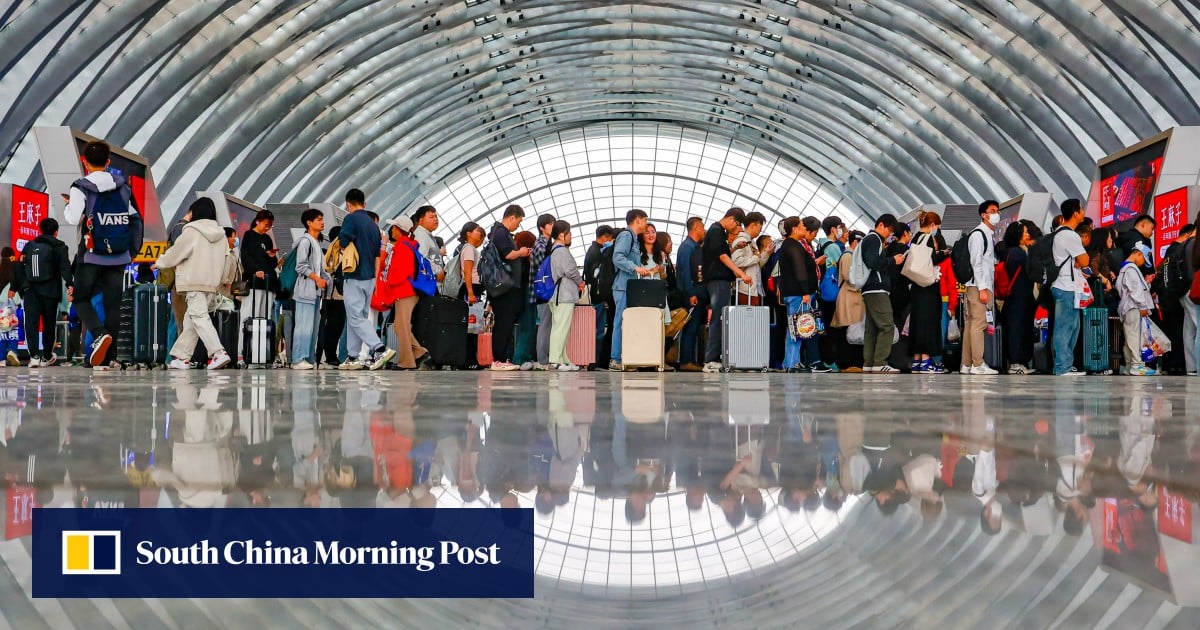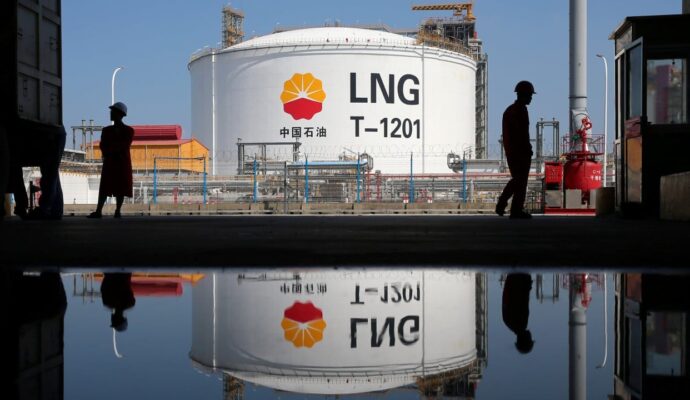
China saw a continued rebound in tourism over the Labour Day holiday, with visitor levels returning to pre-pandemic levels, while spending per head showed signs of stagnation as travellers increasingly opted for less-traditional destinations.
Advertisement
Improved tourism numbers, combined with recovering retail sales, a nationwide trade-in programme for consumer goods, and a lingering housing crisis, are sending mixed signals for the state of the world’s second-largest economy, which is relying more than ever on the domestic market amid a trade war with the United States.
During the five-day holiday, from Thursday to Monday, China recorded 314 million domestic trips nationwide, up 6.4 per cent, year on year, and surpassed the 195 million trips made during the same period in 2019, before the pandemic, according to data from the Ministry of Culture and Tourism.
Total spending increased by 8 per cent, year on year, to nearly 180.3 billion yuan (US$25 billion), with per capita spending at around 574 yuan (US$80), slightly higher than last year’s 565.7 yuan.
But the per-head tourism revenue over the holiday remained 10 per cent less than the pre-pandemic level, Goldman Sachs said in a note on Tuesday.
Advertisement
It also said that the price sub-indices of April services PMIs remained low, pointing to persistent deflationary pressure and continued consumption downgrading.

